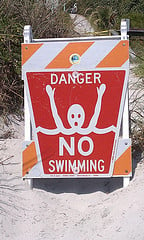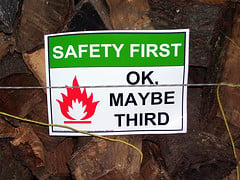Everything we do is communication. And it is no wonder that research studies point to 70% of workplace mistakes being caused by poor communication.
How we start our message often determines the result.
According to Crystal Clear Communication, by Kris Cole, people quickly determine the meaning of our message and whether they will be receptive at the beginning. We only have a short time to get our messages across:
- 2 minutes when we are face to face
- 30 seconds on the telephone
- 10 - 15 seconds by voice mail.
So the more important the message, the bigger the need to plan what you are going to say.








